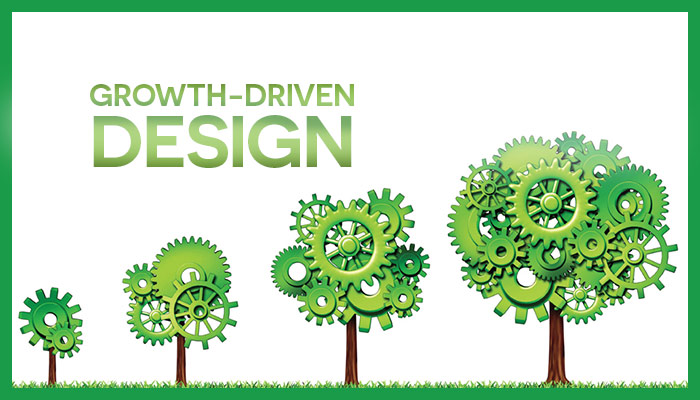The traditional website design process is broken.
When you last launched your website, it was likely nothing more than thousands of guesses with a sprinkle of intuition, wrapped up in a hypothesis. The problem is compounded by the fact that when the next iteration launches, the original hypothesis, whatever it was, is rarely validated. Cross your fingers and hoping the site performs well is not a good strategy. That’s not only bad for business, it's kind of nonsensical. Your website is your number one marketing asset. It’s the very first place people go to get even basic questions answered. It provides a first impression. It’s also your number one salesperson, working around the clock, 24 hours a day, seven days a week, and hopefully, nurturing people through the sales process.
And yet, once you finish that frantic sprint to launch day, you're relieved and then, it sit for months, sometimes years with minimal updating or refreshing.
In an era of unprecedented access to data and a myriad of tools to provide instant user feedback, you are still likely basing all of your decisions on assumptions, things you think will perform well. It is a process with a built-in fundamental flaw that holds back the chances of achieving peak results.
You may be asking yourself, “Nate, what am I supposed to do? Is this just the way things are? Do I just have to accept this?” Well, that’s what we’ve done up to this point. We’ve just accepted that this is the way we have to build websites. All these headaches, all these risks, and these suboptimal results are just part of the game.
But there is a better way.
A better way that not only produces better results, is a more streamlined process, results in faster time to launch AND is less expensive because of the efficiencies built in to the process. It's called Growth-Driven Design.
Growth-Driven Design is based on three fundamental principles:
The first guiding principle asks (and answers) the question, how do we build a system that minimizes the long production timeline, high upfront costs, going over budget, and perpetually late deliveries?
Secondly, how do we build a system that produces better results through learning about our customers and incorporates a philosophy of continuous improvement? The website is not a stand alone, monolithic marketing vehicle, but rather a living, breathing organism that must be continually updated based on data and learning from our prospects and customers.
Lastly, how do we build a system that informs other parts of our business, such as finance and sales? As we learn about the users, we can make sure that our marketing and sales teams utilize the data and improve what they’re doing internally. As the product team, customer service team, the sales team, and marketing team all learn more about visitors to the website and their interactions, it helps inform how we can improve on the website.
Stay tuned for our next post when we'll take a deeper dive into the Growth-Driven Design Methodology. You can also read our intro post on this topic.
Or, schedule a chat with us to learn more about it right away.





